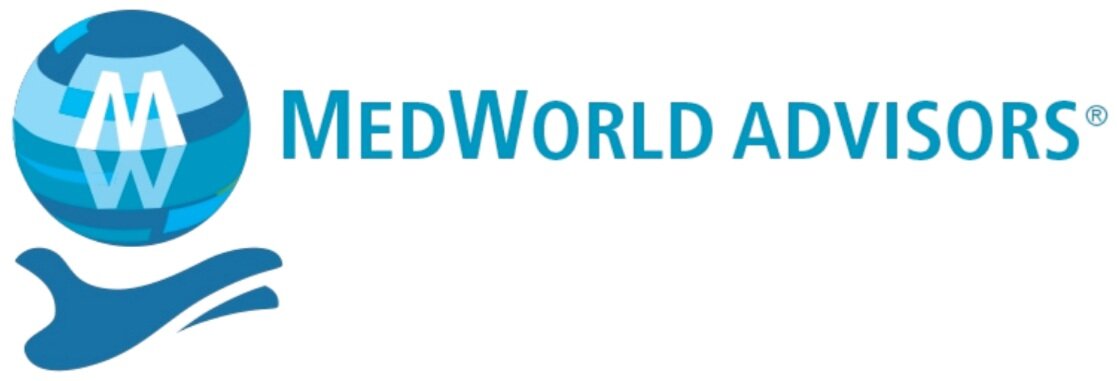Driving growth and value in MedTech companies
To view our article on the Today’s Medical Development website, click here.
As recent co-sponsors of the Florida Medical Manufacturing Consortium’s annual meeting in Tampa in May, we had the honor of leading a panel on Building the Intrinsic Value of Your MedTech Business. With co-author Dave Sheppard moderating, he led a discussion with Jim Carnall, CEO, Command Medical, Mike Sibley CPA and partner at James Moore & CO, and J. Mark King, owner, CLKSquared LLC.
With these co-panelists from a variety of backgrounds and perspectives, we agreed that regardless of a company’s stage of their journey, it’s always important to keep in mind the intrinsic value of your company and that everyone contributes. Why is that important? Whether someone is an employee or shareholder, the intrinsic value matters to their future. Growth in intrinsic value leads to more opportunities and returns for everyone involved in the business.
With that aligned, we identified some of the key issues involved regarding the intrinsic value of a medtech business. These include:
1. The importance of understanding the landscape including market conditions and external forces – and the ability to adapt to, rather than controlling, these dynamics including Macroeconomic factors (i.e. interest rates, inflation, economic cycles); Industry trends (i.e. market growth or contraction, technological disruptions, and the regulatory environment – FDA, EU MDR, etc.); Competitive environment (i.e. market share battles, consolidation/M&A activity, offshore vs. nearshore dynamics); and Customer expectations (i.e. rising demand for sustainability, transparency, innovation, and shifting purchasing patterns)
a. Key takeaway discussed: While we can’t control these factors, we can anticipate, adapt, and strategically position the company to thrive within them.
2. Consideration of the financial drivers of intrinsic value – it’s useful to understand how strong financial fundamentals directly contribute to a company’s intrinsic worth, using metrics investors and decision-makers understand, including Revenue growth and quality (i.e. new business, customer retention, market expansion, consistency, and sustainability of revenue); Profitability (i.e. gross margin and operating margin trends, cost controls, and operational efficiency); Return on invested capital (i.e. high-ROIC reinvestment vs. bloated expansion; Cash flow generation (i.e. importance of free cash flow over accounting profits and the appropriate use of cash); and Capital structure and risk (i.e. healthy debt levels vs. over-leverage and maintaining balance sheet strength)
a. Key takeaway discussed: Strong financial performance is the engine that powers intrinsic value – especially when growth is profitable and well-managed.
3. Non-financial foundations of intrinsic value – within any organization, it’s important to highlight the long-term, intangible drivers of value creation that often don’t show up on a balance sheet, including Human capital (i.e. attracting, retaining, and developing talent; leadership strength; and succession planning); Culture and mission (i.e. alignment with purpose and values of employee engagement and customer focus); Innovation and intellectual property (i.e. product development, patents, process improvements, and competitive differentiation); Brand and reputation (i.e. customer trust, quality consistency, and industry positioning; Customer relationships (i.e. long-term contracts, loyalty, strategic partnerships over transactional sales); and Resilience and agility (i.e. ability to navigate crises (COVID, supply chain shocks along with developing organizational adaptability)
a. Key takeaway discussed: Intangible assets turn a good company into a great one – they build trust, resilience, and sustainable value over time.
In summary
As we put it all together, the key outcome of our discussion was building intrinsic value is a long game – shaped by strategy and execution.
While markets fluctuate, intrinsic value compounds when we:
1. Navigate external forces wisely,
2. Strengthen financial fundamentals, and
3. Invest in our people, purpose, and partnerships – It’s important for every stakeholder (employee, shareholder, suppliers, and customers, etc.) to participate.
And finally, whenever exit strategy intersects with intrinsic value and market timing, it’s a very exciting day for all stakeholder outcomes!
About the authors: CEO Florence Joffroy-Black is a long-time MedTech M&A and marketing expert. She can be reached at florencejblack@medworldadvisors.com. Managing Director Dave Sheppard is a former medical OEM Fortune 500 executive and an experienced MedTech M&A professional. He can be reached at davesheppard@medworldadvisors.com.
To view our article on the Today’s Medical Development website, click here.

